Snakes can grow to colossal sizes, although some reports have long been exaggerated.
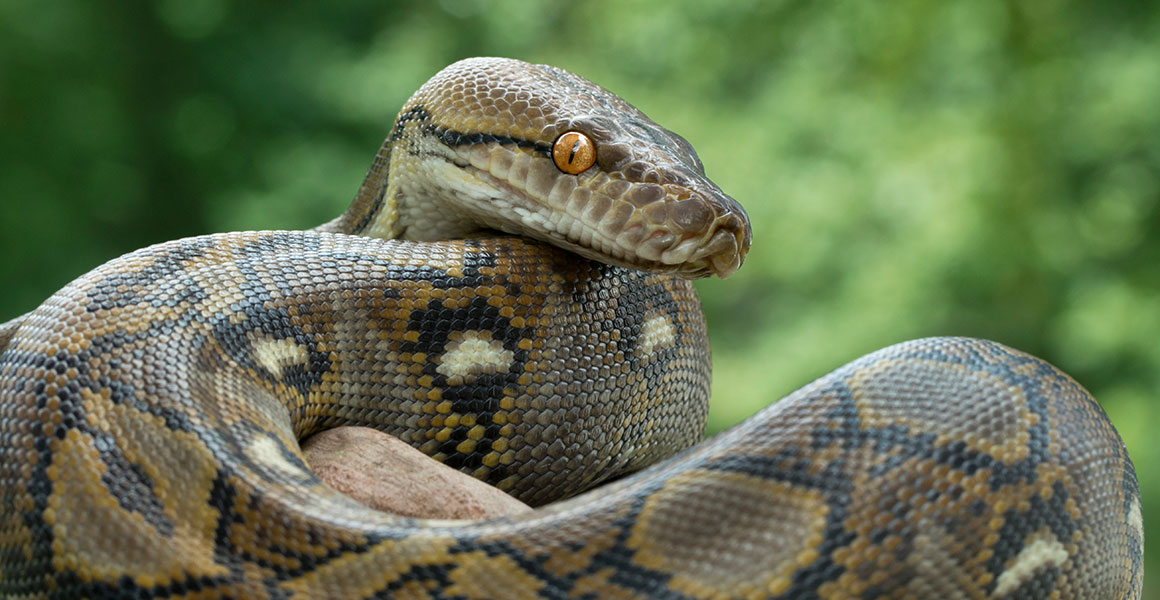
Determining the biggest snake in the world depends on whether you’re measuring by length or weight. There are huge species in both the python and boa families. © Mark_Kostich/ Shutterstock
The largest snakes in the world belong to the python and boa families. Which family contains the biggest depends on whether you’re measuring these reptiles by weight or length.
While man-eating snakes are exceptionally rare – although it has been known to happen – there are some truly huge reptile species slithering about on our planet.
What is the longest snake in the world?
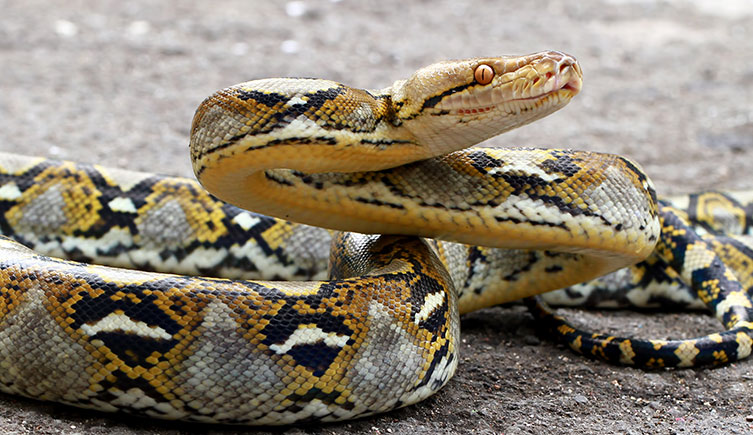
Reticulated pythons are the longest snakes in the world. They’re native to southeast Asia. © Opayaza12/ Shutterstock
The reticulated python, Malayopython reticulatus, is the longest snake in the world, regularly exceeding 6.25 metres in length.
The longest reticulated python ever recorded was found in 1912 and measured in at a staggering 10 metres – that’s more than half the length of a bowling lane and makes this snake longer than a giraffe is tall.
Reticulated pythons live in southeast Asia and while they’re typically found in rainforests, woodland and grasslands, their habitat preference seems to depend on their location. For example, in Myanmar, these non-venomous snakes have only been found in pristine forest, whereas in Singapore, Indonesia and Malaysian Borneo they’ve also been recorded in sewers.
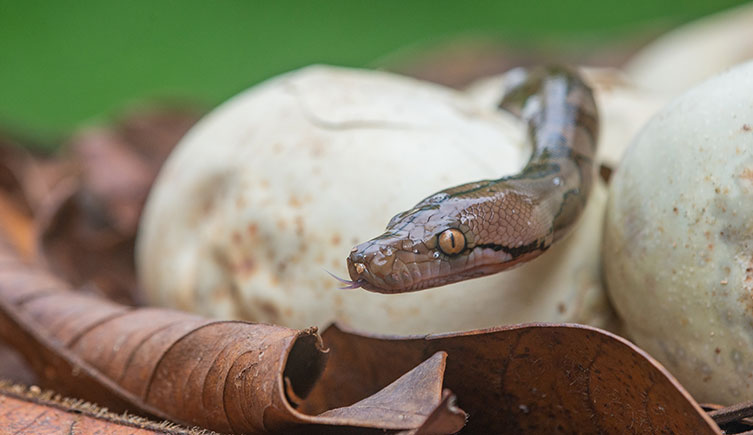
Reticulated pythons hatch at about 60 centimetres long. They grow to huge sizes in their lifetime. © Ralfa Padantya/ Shutterstock
Reticulated pythons are known to climb trees by firmly wrapping their bodies around the trunks and using muscular upward force.
The longest and heaviest snake to ever be held in captivity is a female reticulated python called Medusa. As of 2011, Medusa was 7.67 metres long and weighed 158.8 kilograms.
Green anacondas, Eunectes murinus, are famously giant snakes. But they’ve also been subject to exaggerated length measurements in the past, with snakes of over 24 metres allegedly sighted. In reality, the green anaconda rarely exceeds 6.25 metres, making it significantly shorter than the biggest pythons.
The longest venomous snake
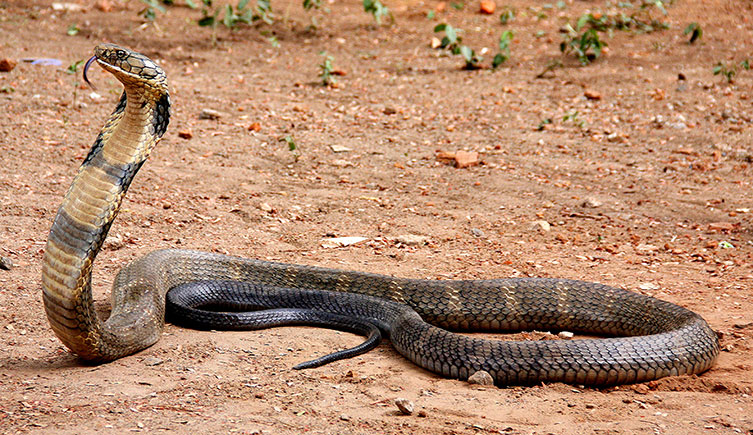
King cobras are the longest venomous snakes in the world. In their raised, defensive posture, they lift the front of their body up to about a metre off the ground. © Jolly Therattil/ Shutterstock
The king cobra, Ophiophagus hannah, is the world’s longest venomous snake.
In 1937, a 5.54-metre-long king cobra was found in Negeri Sembilan state on the Malay Peninsula. Captured and kept at London Zoo, it eventually grew to 5.71 metres. But this huge snake was killed at the outbreak of the Second World War, to avoid putting the public in danger should the zoo be bombed and the snake escape.
Over five metres is unusual for king cobras, although even their average length of 3.7–4.6 metres makes them large animals.
These snakes best show off their length when they’re feeling defensive or need to see above tall grass or bushes.
They’ll raise the front of their body up to about one metre off the ground and can even chase threats while in this posture. As an additional scare tactic, they’ll hiss and flatten their neck ribs into a hood, giving them the classic cobra shape.
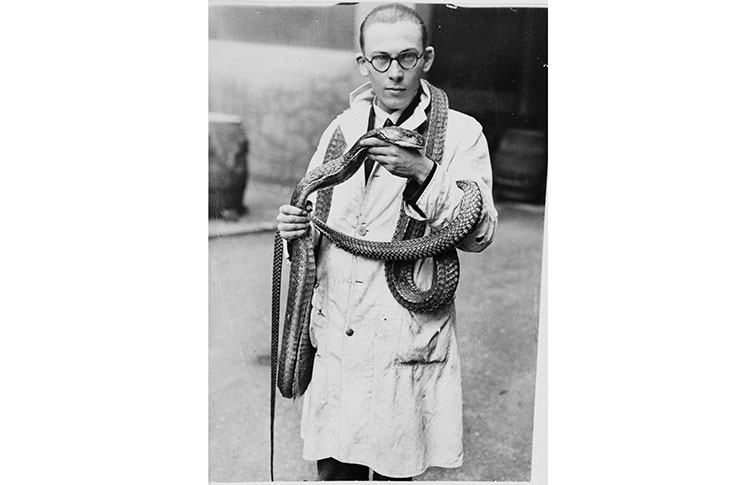
A Museum worker holds a king cobra specimen in the 1930s. It’s thought that the specimen may have just arrived at the Natural History Museum when this photo was taken. Discover more about the amphibian and reptile collections we care for.
These snakes generally prefer to flee than fight, however.
King cobras are found in south and southeast Asia in a variety of habitats including forests, mangrove swamps and some agricultural land with remnants of woodland. They’re also competent swimmers.
However, they’re generally uncommon in any of the areas they inhabit, with the exception of some forested parts of Thailand.
King cobras are classed as vulnerable by the International Union for Conservation of Nature (IUCN). In parts of their range, they’ve faced population declines of over 80% in 10 years due to habitat loss and exploitation. This includes being harvested for its skin, food and medicinal purposes.
The longest sea snake
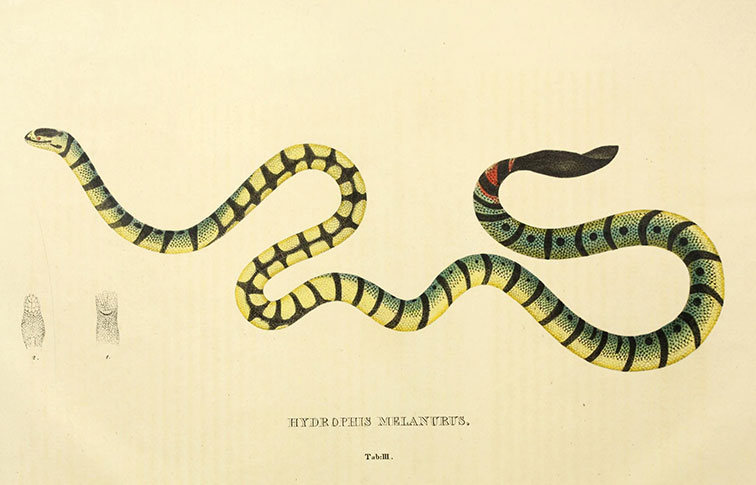
Yellow sea snakes are thought to be the longest sea snake species in the world. Image © Biodiversity Heritage Library via Flickr, licensed under CC BY 2.0.
Growing up to 2.75 metres long, the yellow sea snake, Hydrophis spiralis, is the longest species of sea snake. Most specimens that have been collected are less than two metres long, however.
The yellow sea snake lives in the northern Indian Ocean and around parts of southeast Asia, as well as being seen near New Caledonia in the southwest Pacific Ocean.
Relatively little is known about these sea snakes. There have been records of the species at up to 50 metres below the surface and it’s generally found over muddy sandy bottoms, feeding on eels.
What is the heaviest snake in the world?
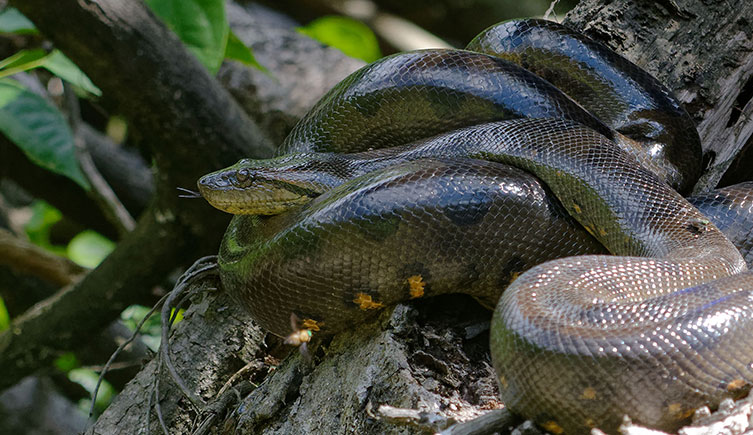
Green anacondas are the heaviest snakes in the world. But their size has been exaggerated in the past. © LABETAA Andre/ Shutterstock
Green anacondas are the heaviest snakes in the world. The heaviest anaconda ever recorded was 227 kilograms. This massive snake was 8.43 metres long, with a girth of 1.11 metres.
While the reticulated python is a longer snake, it’s also slender. Anacondas are bulky. It’s estimated that a 5.2-metre-long anaconda would weigh about the same as a 7.3-metre-long reticulated python.
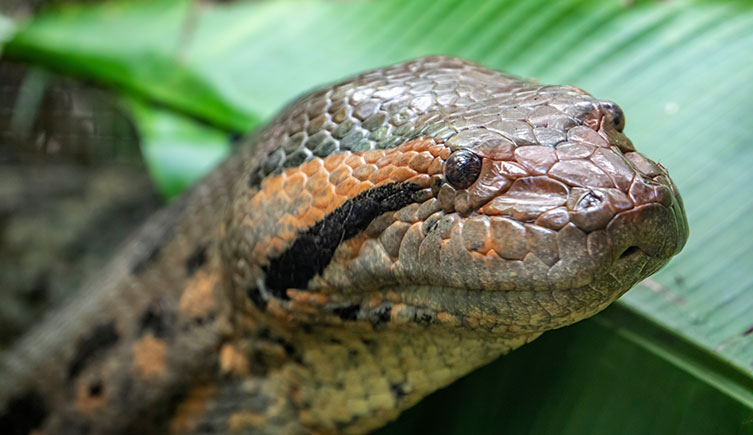
Anacondas spend most of their time in water and have eyes and nostrils on the top of their head. © Danny Ye/ Shutterstock
Green anacondas are non-venomous, solitary and found in South America and Trinidad. They spend most of their time in water, usually in swamps, marshes, slow streams and rivers. Because of this, their nostrils and eyes have evolved to be on top of the head, rather than to the sides. This lets the snake breathe and see prey and predators above water while keeping its large body submerged.
These snakes have a varied diet, from turtles and fish to peccaries, deer, capybaras and even jaguars on rare occasions. Anacondas belong to the boa family – Boidae – and use their long, muscular bodies to constrict their prey.

An anaconda is lifted out of a case on arrival at the New York Zoological Park – now the Bronx Zoo – in 1912. Image from Internet Archive Book Images via Flickr, public domain.
‘Anaconda’ is often used to refer to green anacondas. But there are actually three other species of anaconda that are all marginally smaller – the Bolivian anaconda, Eunectes beniensis, dark-spotted anaconda, Eunectes deschauenseei and the yellow anaconda, Eunectes notaeus. They’re all found in South America.
Do snakes dislocate their jaws to eat?
The heaviest venomous snake
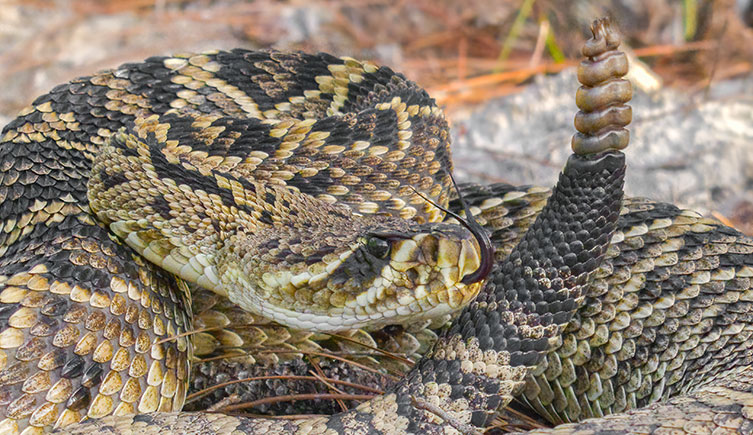
Eastern diamondback rattlesnakes are heaviest venomous snakes in the world. © Chase D'animulls/ Shutterstock
The eastern diamondback, Crotalus adamanteus, is a rattlesnake and thought to be the world’s heaviest venomous snake. A particularly massive 2.56-metre individual was found to tip the scales at 15 kilograms.
However, the eastern diamondback typically reaches 5.5–6.8 kilograms and 1.5–1.8 metres long.
Found in southeastern USA, this snake prefers flatwoods, coastal forests and scrubland habitats. It isn’t often found in wet areas, although it’s a confident swimmer, occasionally seen in swamps and between barrier reefs.
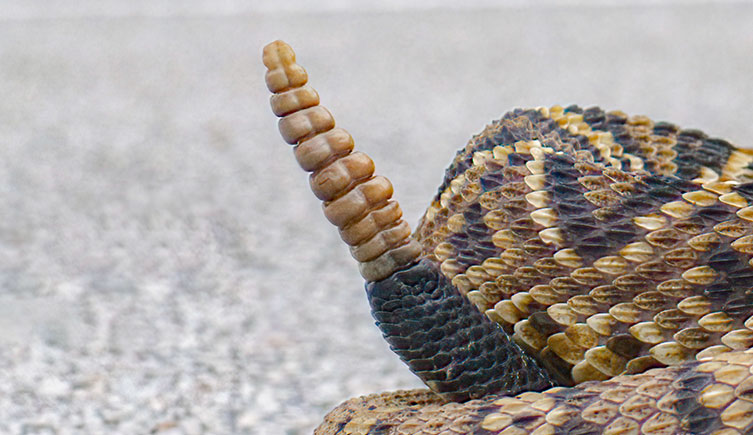
Rattlesnakes are named for the rattle at the ends of their tails. This structure is made up of interlocking hollow segments. The snakes rapidly vibrate their tails, creating a rattling noise that acts as a warning to potential predators. © Chase D'animulls/ Shutterstock
Adult eastern diamondbacks dine on small mammals, such as rabbits and squirrels, and small birds, while the young eat rats and mice. They strike their prey with a venom-filled bite, before letting it crawl away and die, at which point the snake eats it.
The Gaboon viper, Bitis gabonica, is another large, venomous snake, but it doesn’t get quite as heavy as the eastern diamondback rattlesnake. A particularly long individual of 1.83 metres did weigh in at 11.34 kilograms, however.
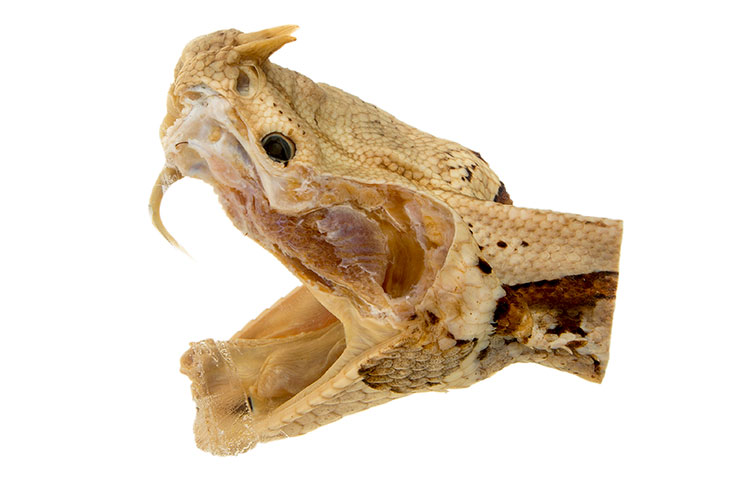
Gaboon vipers, which have the longest fangs of any snake species, are classed as vulnerable by IUCN.
While they aren’t generally as heavy as the eastern diamondback, Gaboon vipers have fangs which are the longest of any snake at 55 millimetres. They also have the highest yield of venom, carrying up to 600 milligrams at a time.
What was the largest snake ever found?
Described in 2009, Titanoboa cerrejonensis has long been considered the largest snake to ever exist. It lived 60–58 million years ago in what’s now Colombia.
At over 11 centimetres wide, the fossil backbones, or vertebrae, are huge. By comparing them with the vertebrae of Titanoboa’s modern relatives, scientists can estimate the size of the giant prehistoric boas. They think they grew to around 13 metres long and weighed about 1,135 kilogrammes. This makes Titanoboa some three metres longer and five times heavier than any snake species living today.
Some skull material believed to belong to Titanoboa has also been found, but scientists haven’t published a description yet.
There’s debate over whether Titanoboa fossils can tell us what the snake’s prehistoric environment was like. For some researchers, its size indicates that it lived in areas reaching 30–34°C. Other scientists disagree, noting that this estimate conflicts with other calculations that predict a climate several degrees cooler.
In 2024, scientists announced another record-breaking fossil snake. Vasuki indicus was found in western India and lived around 47 million years ago. It’s estimated to have been 11–15 metres long. Rather than being a boa or python like today’s largest snakes, this new species may have belonged to a mysterious extinct family called Madtsoiidae.
This finding suggests that V. indicus may in fact be longer than Titanoboa. But researchers have urged caution over officially crowning the new species as the longest snake ever found due to differences in how the total length was calculated.
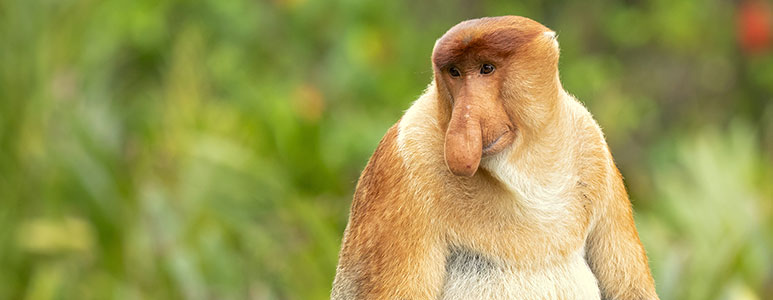
What on Earth?
Just how weird can the natural world be?
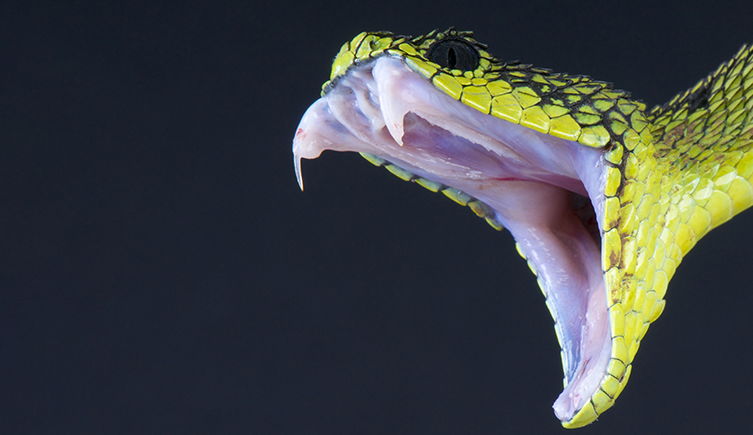
Looking to learn more about snakes?
Our on-demand, online course is now available. Sign up to start your journey!
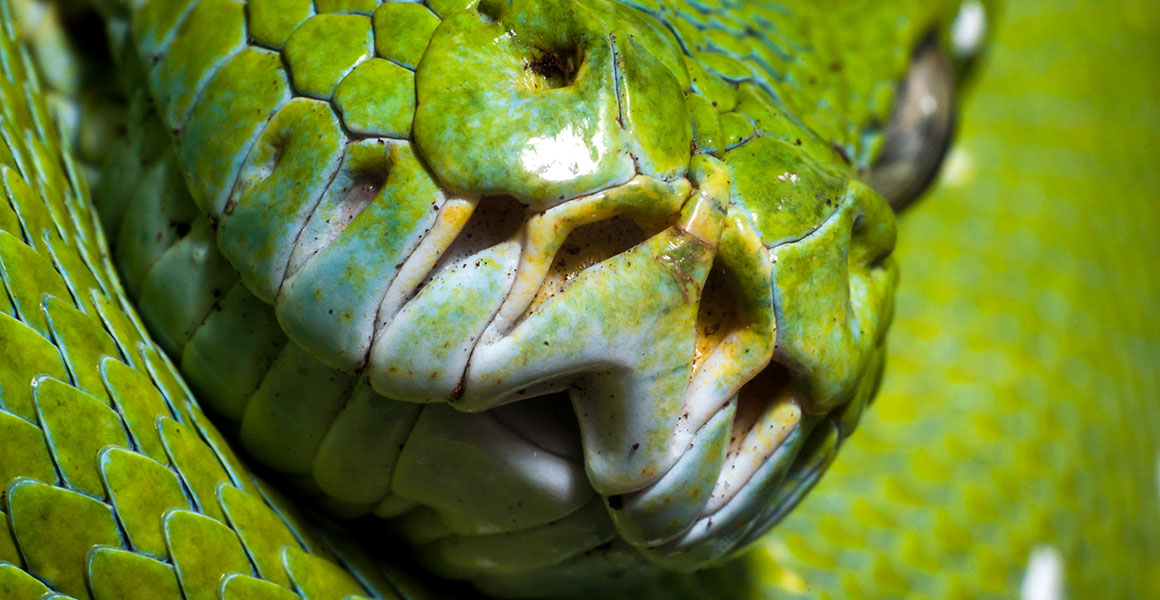
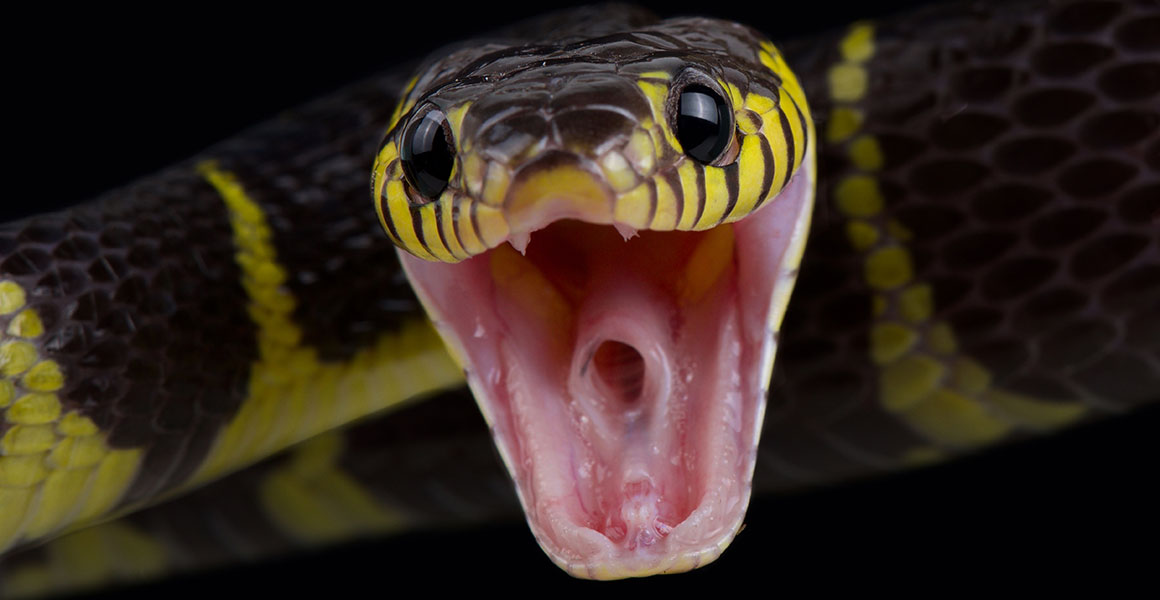
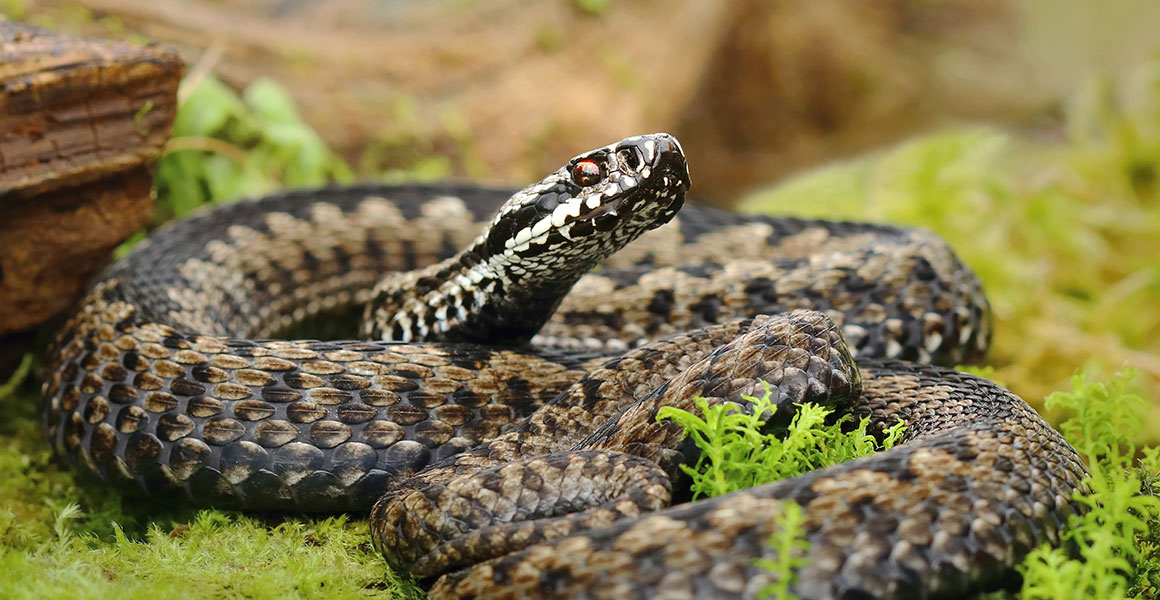
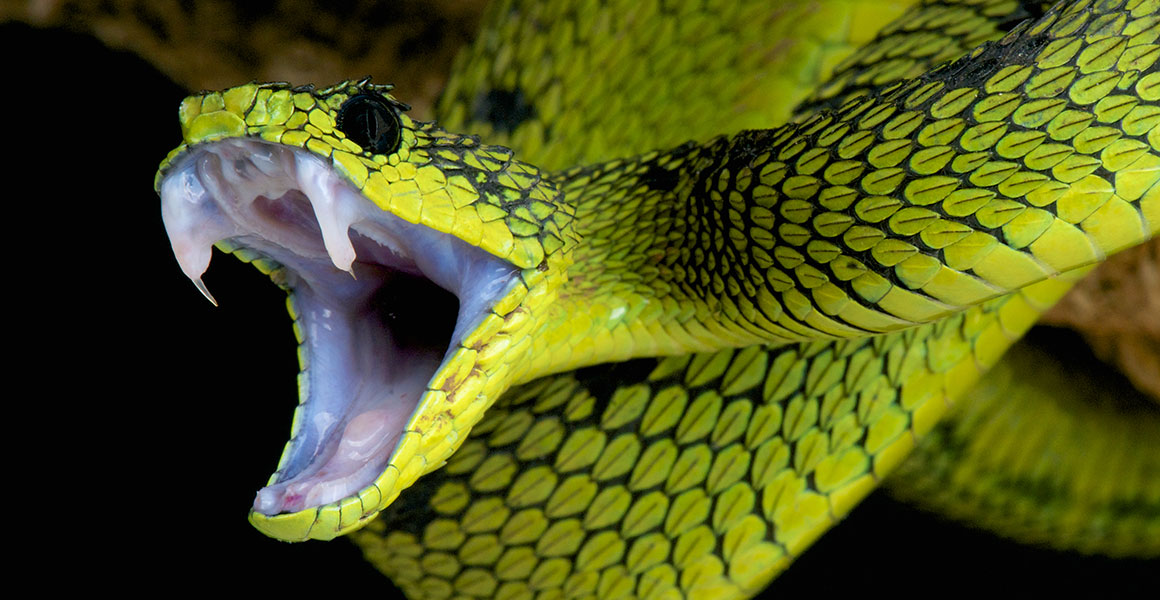
Don't miss a thing
Receive email updates about our news, science, exhibitions, events, products, services and fundraising activities. We may occasionally include third-party content from our corporate partners and other museums. We will not share your personal details with these third parties. You must be over the age of 13. Privacy notice.
Follow us on social media